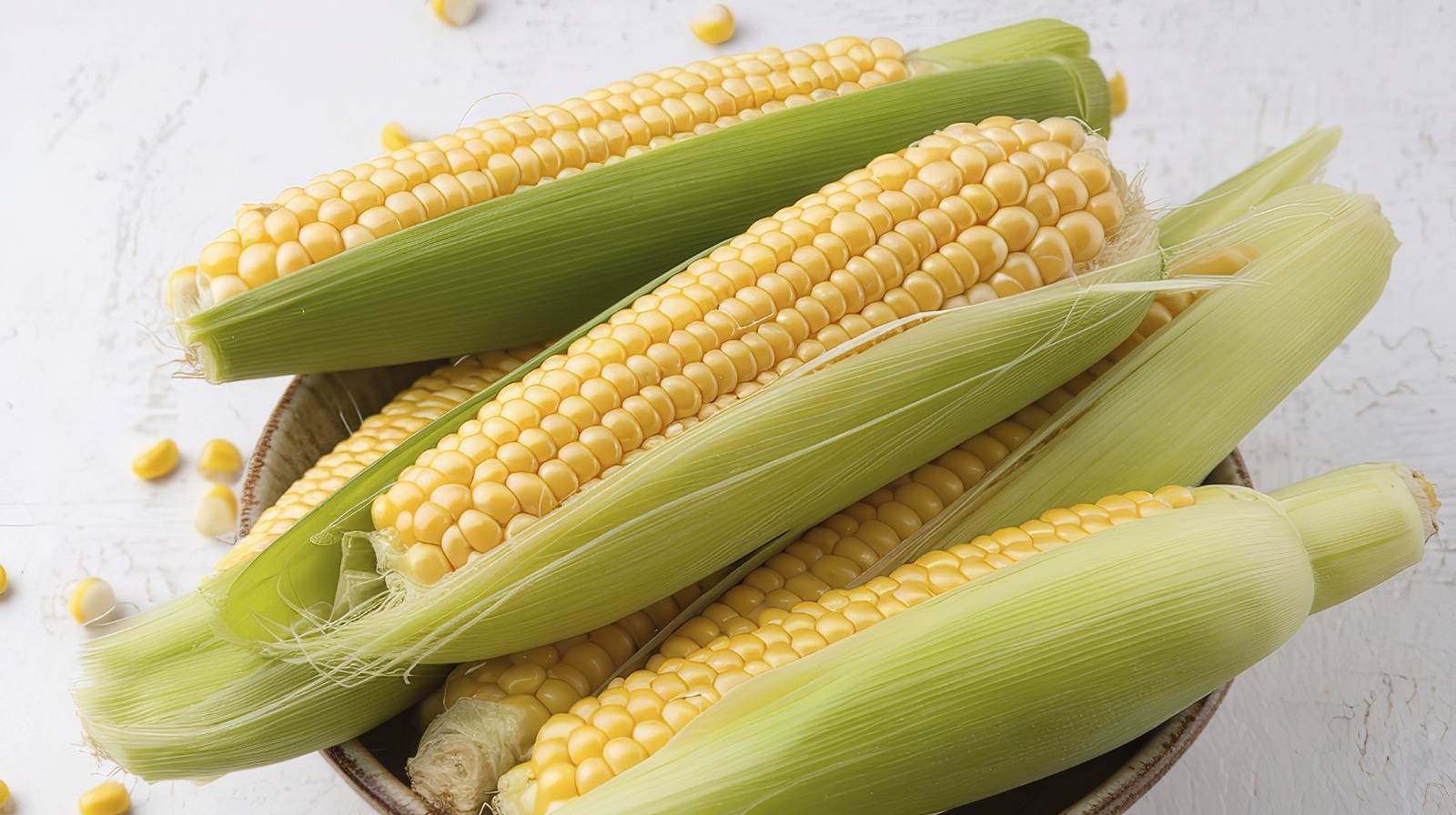We don't want to make too many assumptions, but you probably have a good idea of what corn looks like. They're the crops swaying meaningfully in fields along the highways of Iowa and Nebraska. They take the form of a bunch of yellow kernels, arranged in neat little rows on a cob, all wrapped in a green husk.
Corn has looked that way for as long as you can remember, so it stands to reason it's looked that way for even longer. Heck, if you went back in time 10,000 years, it'd probably look much the same as it does now. It's just corn, right? How many innovations can there truly be? More than you'd think — in fact, the corn from 10,000 years ago looked way different than it does today, .

The progenitor of corn was a different type of maize called teosinte, and to modern eyes, it would look like some terrible mistake happened in the corn field. Teosinte had no pretty rows of yellow kernels on a cob; in fact, at first, it had no cob at all. The kernels were attached to a short stem, and there weren't very many of them: just a handful of tiny kernels per stem, protected by shells.
It would take some time for teosinte to take its more familiar form. The journey from teosinte to corn By "some time," of course, we mean "thousands of years." At the start of the journey, teosinte was likely a minor crop to indigenous Mesoamericans, as, nutritionally speaking, it would have been pretty paltry.
(It's theorized that they were originally cultivated for other uses, such as for their sweet stems or for their popped kernels — hopefully teosinte popcorn tastes better than .) Over time, however, and with careful cultivation, the crop began to change. The ears grew larger in size, and with more rows of kernels; the protective shells around each kernel eventually went away; and the ears themselves, which would once shatter easily, grew much more sturdy.
After about five thousand years of cultivation, teosinte (or maize) became a staple crop, widely relied upon for nourishment. It took another few thousand years for Europeans to arrive, and for the Columbian Exchange, which brought crops like corn, potatoes, and tomatoes to the Old World, to begin in earnest. By that time, corn had taken the familiar shape you'll find in grocery stores and farmstands across America today.
It would, of course, take a little more time for further innovations to develop, like or Recommended.
Food

Why Corn Looks So Much Different Than It Used To

The corn we eat today and the corn we find at the local grocery store, looks radically different from the corn grown thousands of years ago.















